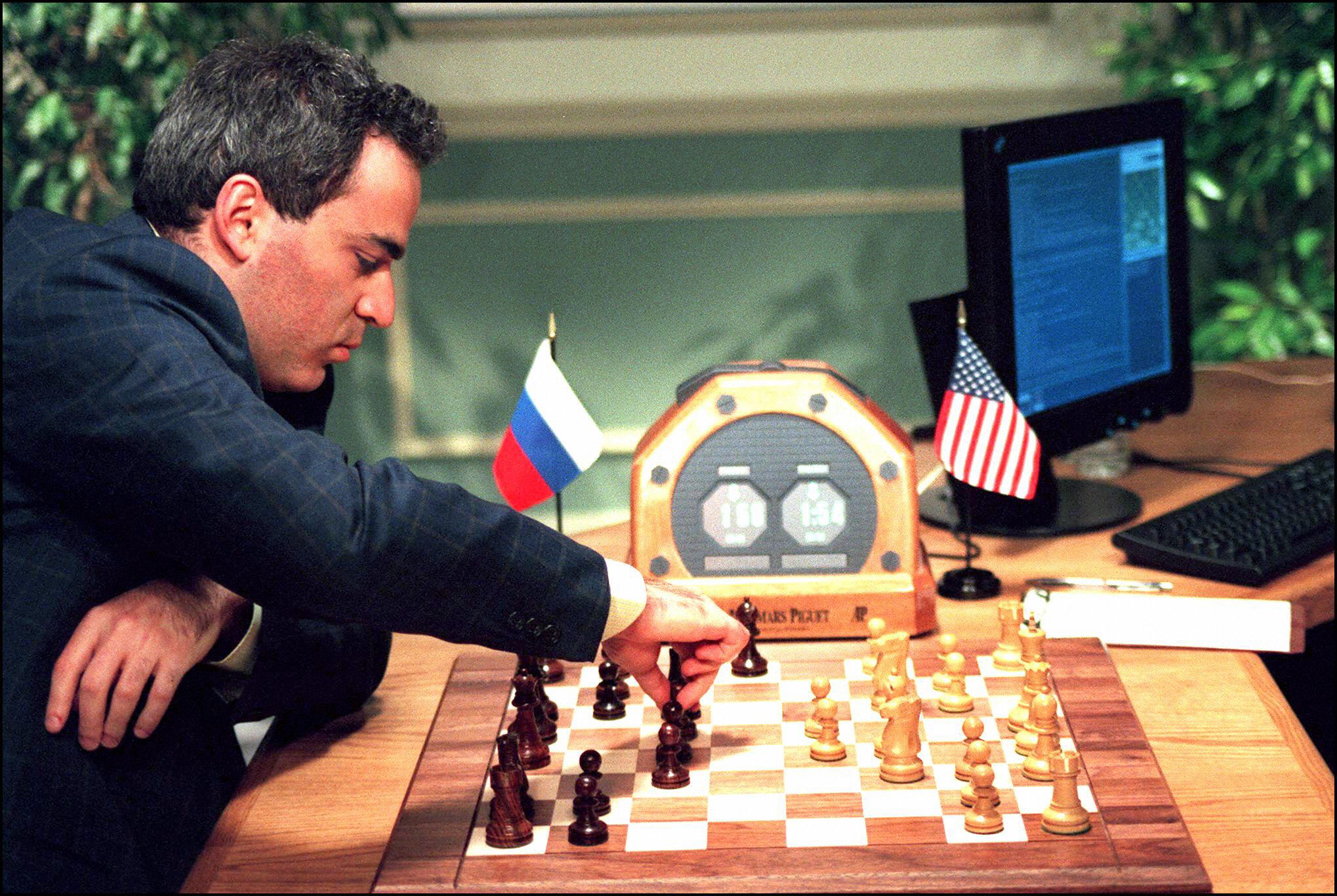



Deep Blue, like all the top chess-playing machines since the 1960s, relies instead on brute force-it looks as far ahead as it can at all possible moves and evaluates the strength of each position according to preprogrammed rules. Chess masters, like the rest of us, are now known to reason by recognizing patterns, forming concepts, and creating plans-processes that computers do poorly, if at all. Ironically, the victory comes when the computer-chess community has long abandoned any pretense of mimicking human thought. But despite researchers’ best efforts, no machine proved able to beat the finest human players. After all, the rules of chess are precisely defined and easy to program, yet they give rise to strategic complexities that challenge the finest human minds. Chess has tantalized computer researchers since the 1830s, when the eccentric English inventor Charles Babbage thought of luring investors to his idea of a programmable “analytical engine” by holding out the possibility of a chess-playing machine. the IBM RS/6000 SP supercomputer-a machine finally fulfilled one of the oldest challenges in artificial intelligence. When world chess champion Garry Kasparov abruptly resigned the sixth and final game of his match in May against Deep Blue-a.k.a.


 0 kommentar(er)
0 kommentar(er)
